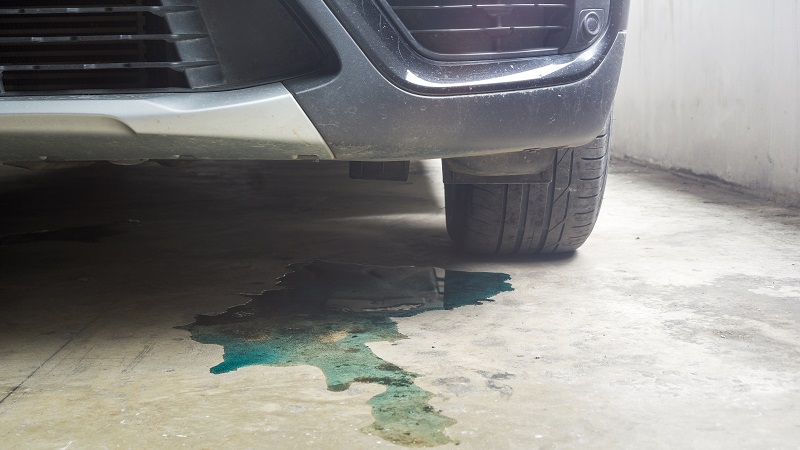
A car’s brake system is crucial for safety, and understanding its components can help you maintain your vehicle.
All drivers should be aware that a car’s brakes are one of its most important safety systems. As automobiles have evolved, brake design and functionality have gotten more complicated.
As a motorist, it’s important to understand how your car’s brakes work, so you can always keep them in top operating condition. In this blog, let’s look at 5 major components of car brake systems, and the roles they play in safely stopping the vehicle as you drive.
Car Brake Systems
Car brake systems are comprised of hydraulic brakes, mechanical brakes, and advanced technologies like anti-lock braking systems (ABS). Understanding the different types can help you make informed maintenance decisions.
Master Cylinder
The master cylinder is a reservoir that holds the car’s hydraulic brake fluid. This device is connected to steel brake lines that distribute brake fluid to each wheel.
When you press the brake pedal, hydraulic pressure from the fluid is sent through the brake lines to the brake calipers. The calipers squeeze brake pads within them and contact the metal brake rotors on each wheel. The friction generated by the calipers, pads, and rotors is what slows the car down.
Brake Fluid
Brake fluid converts the physical force of pushing down on the brake pedal to hydraulic pressure and finally mechanical force. As the master cylinder sends the pressurized brake fluid through the brake lines, it moves the calipers and brake pads to stop the car. Stopping the car requires a energy conversion from motion to heat. Normal operating temperatures can reach 450 degrees Fahrenheit.
It’s very important to ensure your car’s master cylinder has the proper amount of brake fluid in it and that it is free of impurities. Like the other critical fluids that make a car work properly, brake fluid has a replacement a service interval. There are several different types of brake fluid sold on the market today, so be sure you know which kind your car requires.
Calipers
A caliper is a clamping device on each wheel that holds the brake pads in place. When the brake pedal is pressed, the master cylinder sends fluid to each wheel caliper, which presses the pads onto the brake rotors. This combined action starts the process of stopping the car. Calipers are subjected to extreme heat and over time will stop performing as they should. The best way to extend caliper life is to follow your car’s brake fluid replacement service interval.
Brake Pads
Brake pads are metallic plates that fit on the inside walls of each brake caliper. When the brake pedal is pushed, the calipers extend the pads onto the brake rotors, causing friction, which stops the car.
Under normal driving conditions, brake pads can last for thousands of miles. However, they do eventually wear, and will need to be replaced to ensure the brakes continue to work properly.
** Note: Instead of calipers and brake pads on all four wheels, some cars today still utilize brake drums, wheel cylinders, and brake shoes in the rear. This equipment is slightly different, but the stopping principle is the same.
ABS System
Nearly all modern cars are equipped with ABS technology, sometimes referred to as anti-lock braking. Your car has an onboard computer that monitors the vehicle for what is known as wheel lock (when the wheels seize up from excessively hard braking).
Should wheel lock be detected, the ABS system will release and apply the brakes about 10 times per second. This is much faster than any human could manually perform. ABS systems are designed to help drivers maintain steering control, and maximize stopping in a sudden, hard braking situation.
Car-X is your One Stop Brake Shop Solution!
For over 50 years, Car-X has kept customers safe on the road with our complete car repair services. When it comes to your brakes, make sure they are working as they should! Come in and take advantage of our free, no obligation brake inspection service.
Our experts will inspect your brakes, and let you know if there is anything that might be needed.
Join the many thousands of drivers each year who trust their car repair needs to Car-X! Give us a call today!



 Winter is just around the corner, which means that adverse weather conditions like snow, ice, and freezing temperatures are going to make the roads that much more dangerous and pose significant risks for both experienced and brand-new drivers.
Winter is just around the corner, which means that adverse weather conditions like snow, ice, and freezing temperatures are going to make the roads that much more dangerous and pose significant risks for both experienced and brand-new drivers.

 of an automobile’s emission and exhaust system. These devices have also been in the news in recent years, as they are frequently stolen from the underneath of cars.
of an automobile’s emission and exhaust system. These devices have also been in the news in recent years, as they are frequently stolen from the underneath of cars.
 imperative. Motor oil is essential for properly lubricating a car’s engine, at all temperatures and speeds.
imperative. Motor oil is essential for properly lubricating a car’s engine, at all temperatures and speeds. You are driving your car down the freeway, and everything seems to be fine. Then suddenly the Check Engine Light illuminates on the dashboard. When this issue occurs, it is important that you address this problem in a timely manner.
You are driving your car down the freeway, and everything seems to be fine. Then suddenly the Check Engine Light illuminates on the dashboard. When this issue occurs, it is important that you address this problem in a timely manner.